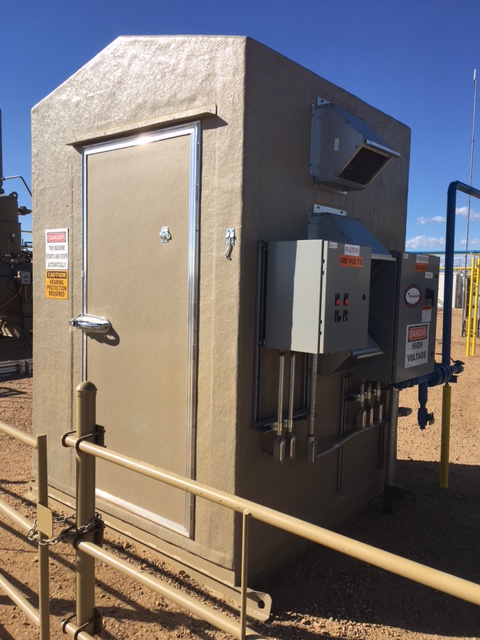Hydrogen is emerging as a potential clean energy alternative to hydrocarbon energy sources, like natural gas and diesel fuel. While harvesting and storing hydrogen aren’t new concepts, the costs of adapting equipment to process it — or creating the infrastructure for a new energy source — have kept hydrogen on the back burner. Given increasing pressure on companies, and thereby energy suppliers, to reduce carbon footprints, U.S. energy firms are starting to explore hydrogen gas as a viable alternative, as well as a method to reduce emissions in natural gas applications.
Common Types of Hydrogen Fuel
More common in Europe, the different types of hydrogen gas currently in development are typically described based on production methods. Each type has its own practical considerations and carbon footprint.
Here are three of the most common types of hydrogen production:
- Currently, the most common type of hydrogen gas is grey hydrogen, produced via natural gas. However, the carbon emissions from this process make grey hydrogen a poor choice for companies looking at reducing hydrocarbon emissions.
- Blue hydrogen seeks to capture the problematic carbon emissions from grey hydrogen, thereby making it a more sustainable energy alternative.
- Green hydrogen is produced in a different manner, via water electrolysis, which requires significant new infrastructure to create on a larger scale.
Other types of hydrogen gas are also named by color, including brown, yellow, and pink hydrogen. Part of the current debate surrounding hydrogen is centered around whether to adapt existing equipment to produce blue hydrogen or create new infrastructure to harvest green hydrogen. In many cases, developing a new energy source like hydrogen by leveraging existing infrastructure makes the most sense. However, there are several important practical and safety aspects to consider when adapting existing hydrocarbon equipment for hydrogen production.
Unique Considerations for Hydrogen Fuel Applications
Adapting existing natural gas pipelines and machinery to process blue hydrogen gas is not simply a matter of repurposing existing equipment. To ensure safe and reliable operations, it’s important to understand the impacts on the machinery of a different gas source with a molecule that is smaller than hydrocarbons.
It’s not the existing pipelines themselves, but rather the interconnecting infrastructure and equipment along those pipelines that can become an issue. The smaller molecule size of hydrogen makes it necessary to adapt existing equipment to prevent embrittlement and other issues. Otherwise, hydrogen ions will penetrate areas that methane can’t, getting behind the metal and flaking it to crack a cylinder, for example. With methane pipelines, there’s a point where you can augment existing compressors up to somewhere around 10% hydrogen. Beyond that, you’d need to further evaluate the replacement of that equipment with hydrogen-specific applications.
When Adapting Methane Equipment for Hydrogen…
Consider these safety factors:
- For gas compositions above 10% hydrogen, replace existing equipment and infrastructure with hydrogen-specific equipment to prevent hydrogen embrittlement that can cause equipment to fail
- Replace threaded pipeline connections with welded connections to prevent leaks.
- Hydrogen will leak at a faster rate than hydrocarbons, making hydrogen-specific leak detection and containment systems essential
Hydrogen Trends to Watch
Hydrogen production first made major headlines as a fuel cell power source for vehicles, but the infrastructure required to make this a widespread application doesn’t yet exist. Instead, we’re currently seeing power generation in oil and gas production as a potential role for hydrogen in the energy space. There may be a progression, like a switch from coal to natural gas, that could continue into moving from natural gas to blended hydrogen, and eventually on to pure hydrogen.
Hydrogen is also being used to make renewable diesel, with associated tax credits akin to those for compressed natural gas (CNG). This application depends upon which of these two fuel sources receives more favorable subsidies. Another promising application involves using the small hydrogen molecule to break down animal products, like renderings or lard, and converting it into jet fuel that can be used to power aircraft.
The energy world is changing, both through regulation and increased demand for alternative fuel sources. Hydrogen has nuances you should know about and pay attention to, but it’s also an achievable transition, and UEC can help. Contact us to learn more about how UEC can help you make smart decisions about this renewable resource.




